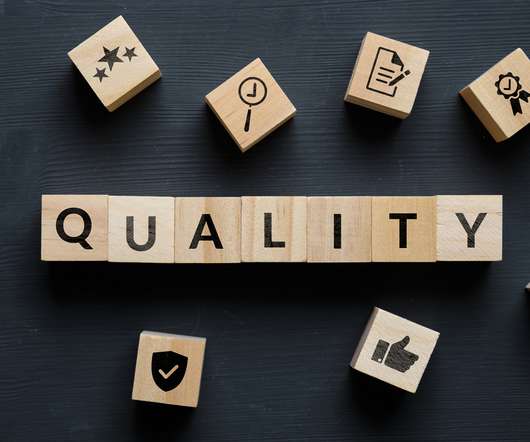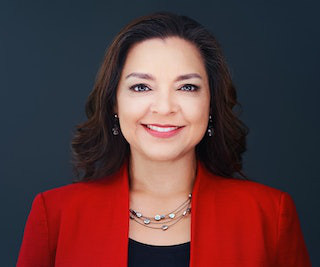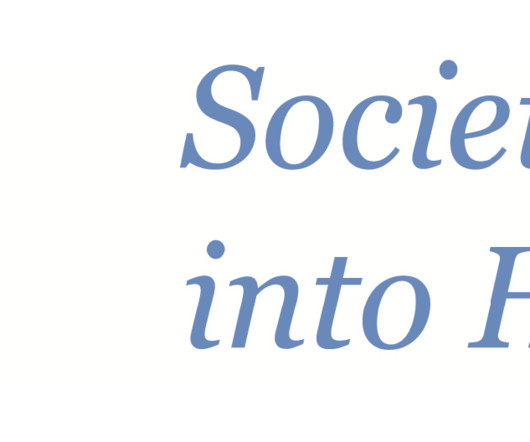Why not HE? The reasons those from under-represented backgrounds decide against university
SRHE
SEPTEMBER 21, 2022
Efforts to widen higher education access have tended to focus on the provision of information and supportto those from under-represented backgrounds. In almost every case, the decision not to pursue full-time higher education did not mean abandoning the idea of further training. by Neil Raven.












Let's personalize your content